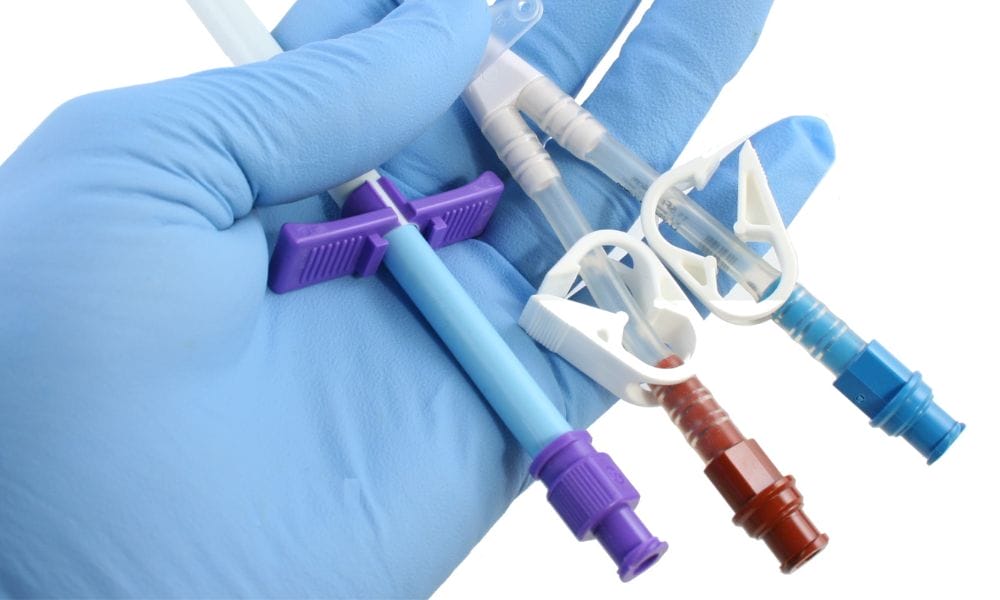One thing that makes being a doctor challenging these days is people’s easy access to the internet. With a simple Google search, people feel like they can quickly diagnose themselves, even though that info could be wrong or irrelevant.
Despite that, many people still prefer hearing a medical professional’s expert opinion. If you have a patient dealing with incontinence issues or other urinary problems, they might want to know which type of catheter you’d recommend. With this information, you’ll be able to inform your patients as to which option is best for them.
Intermittent Catheters
Let’s start this list by going over intermittent catheters. Most patients initially hesitate to consider these kinds because they must insert them multiple times daily. However, they’re the most popular option for a reason.
Intermittent catheters allow people to go about their day without changing how they do things. With these catheters, they still go to the bathroom as usual; they just have to insert the catheter before going. Plus, there’s no troublesome leg bag to worry about. Just be sure to know the difference between straight-tip and coudé tip catheters. That way, you can ensure your patient gets the right kind for their needs.
Indwelling Catheters
The next most common option for catheters is the indwelling variation. When people think of these devices, this is the kind their minds go to. These catheters remain inserted for multiple days or weeks, collecting urine in a leg bag that must get emptied several times daily.
The drainage process can be more hassle than an intermittent catheter, and dealing with a leg bag isn’t ideal either. Plus, UTIs are much more common for those using indwelling catheters. That’s why these are best for patients who aren’t as mobile as they used to be. The leg bag will make it easier for people to go when necessary without worrying about making it to the bathroom in time.
External Catheters
The final option, which isn’t very common, is the external catheter. This type of catheter is one you should only recommend to patients who can fully empty their bladder on their own. While having a tube inside your urethra can be unpleasant, it’s something people get used to pretty quickly. Using an external catheter to avoid that usually isn’t worthwhile.
On top of that, this option is only common for males. Men’s external catheters are shaped like a condom for easy usage. While female versions exist, they don’t stay connected as well. It’s almost always better to use an indwelling catheter since both types still use a leg bag, but at least knowing this information will help you and your patients come to a better conclusion.







